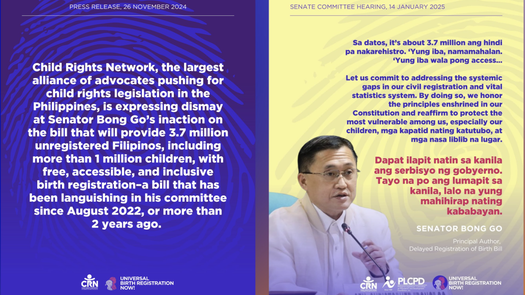July 29, 2025
April 7, 2020
A new policy will help the Philippines meet its health data goals
The Philippines has committed to a bold target to strengthen the country’s collection of vital statistics: registering at least 90 percent of deaths, and ensuring at least 85 percent of deaths have a medically certified cause, by 2024.
This isn’t just about numbers. Countries need accurate public health data to prioritize health challenges, develop policies, deploy resources and measure access.
That’s why the Global Health Advocacy Incubator (GHAI), along with Vital Strategies, one of our partners in the Bloomberg Data for Health Initiative, helped the Philippines develop a new Administrative Order to meet its 2024 target.

The Data for Health Initiative was created to ensure that all persons have a documented legal identity from birth and that the government knows and documents the causes of deaths. Less than half of all deaths around the world are registered with a cause of death, meaning that 29.4 million deaths go unrecorded each year. GHAI supports the Initiative by conducting analyses of legal frameworks for civil registration, vital statistics and identity management (CRVS-ID) systems to help governments design effective reforms.
In the Philippines, the new Administrative Order establishes procedures and defines roles and responsibilities for the reporting, review and certification of causes of death. This will help the government meet its objectives.
Our role
GHAI and Vital Strategies partnered with a local law firm, Imagine Law, to carry out a legal and regulatory review of the Philippines’ Civil Registration and Vital Statistics system. This activity mapped out the legal and regulatory framework of the CRVS system and the organization of the key agencies and actors in that system, to identify policy gaps and recommend measures to address them.
Results and next steps
The Secretary of Health signed the Administrative Order in February 2020 and it went into effect in March. It will be incorporated into the next edition of the Handbook for Filipino Physicians.



